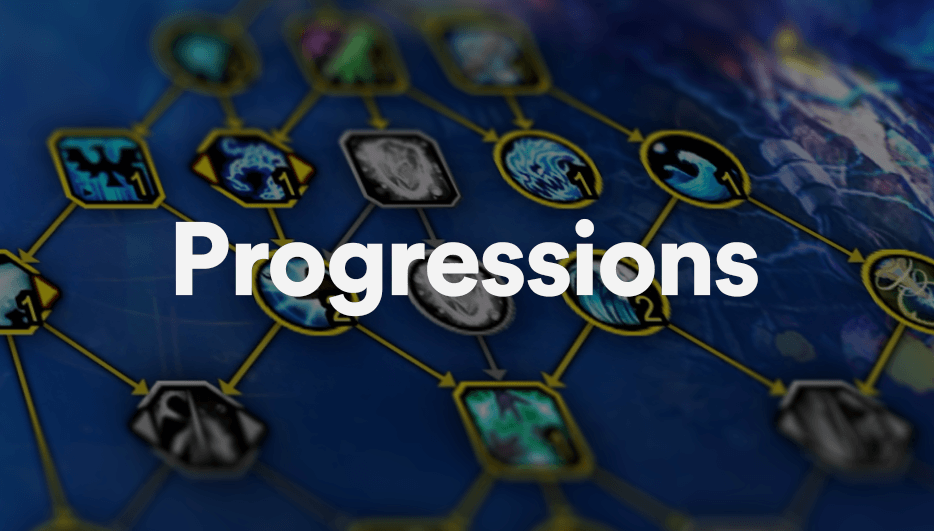- Intro
- Progress = happy and engaged players
- How does the progression system work?
- Different types of progression
- The future of progressions
- Take your game to the next level with progressions
Building a fun, memorable, and beautiful game is critical for success. You know that. But once your player’s bought and downloaded your game you still need to keep them interested. After all, the more they play, the more likely they are to give you a positive review, tell their friends, and (if it’s available) buy in-game content or DLC. The industry calls this retention.
Progress = happy and engaged players
You can build retention in lots of different ways, like with a compelling narrative, social features (playing with friends gives people a reason to keep going), or by providing a sense of accomplishment. And one of the most powerful tools in your retention arsenal is progression – the way players get rewarded as they move forward through a game, either by levelling up, or with in-game currency or loot boxes, new gear or abilities, and so on. For example, you could offer unlockable stages, each with its own star rating (like Angry Birds), or an RPG-like leveling system where completing quests unlocks new gear or skills.
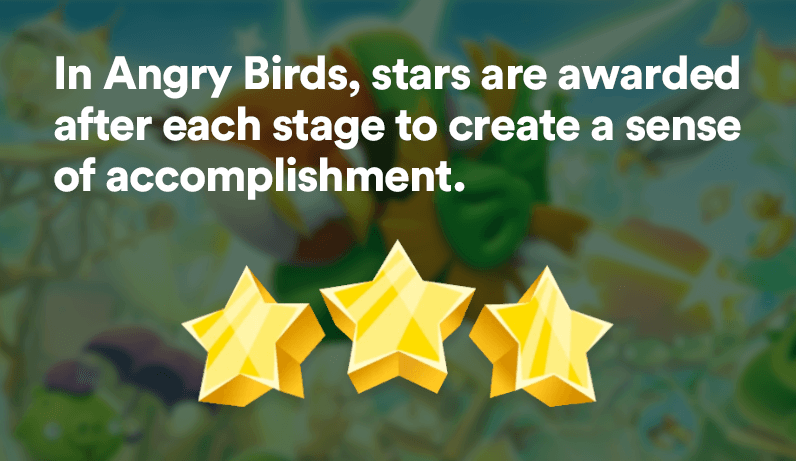
Some of these can be relatively straightforward to add to your game. But if you want your players to access them across multiple platforms or store them securely in the cloud, they can be complex to implement and manage. That’s why we built our progression system – to give you a feature that’s often only available for bigger games (one of the things we love about LootLocker). And we’ve been working hard on upgrading our existing progression system with lots more features.
Here’s everything you need to know.
How does the progression system work?
Our progression system lets you build and implement all types of cross-platform progressions in your game, and hook them up to the rest of our backend features. And now your games are no longer limited to one progression track. In fact, you can have nearly unlimited progressions, each with their own set of tiers and rewards. Like rewarding one progression system with points in another progression system, to create a talent tree.
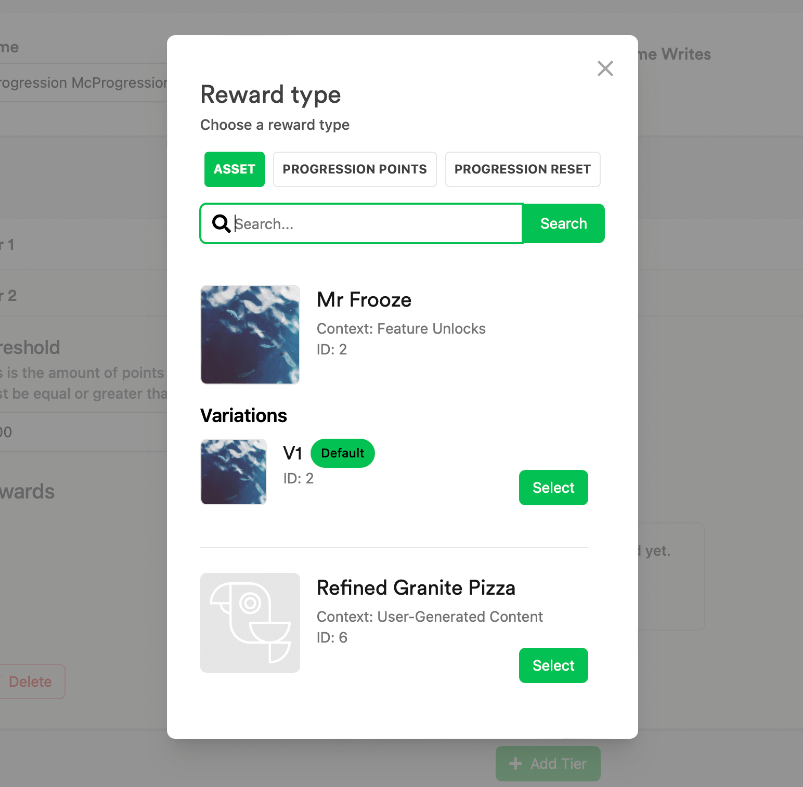
Progressions are not just linked to the player, you can link progressions to specific characters and heroes too. In the future we will also add support for linking progressions to a specific asset – like giving individual weapons their own levelling systems. The possibilities are (almost) endless. But all of them will give your players a whole new motivation to progress through your game.
Without decent progression systems and the sense of accomplishment they bring, players are unlikely to stick around. Some games have really taken the concept and run with it, creating unique progression systems that really set them aside from their competitors. Our new and improved progression system means that now you can do that too.
Different types of progression
Progressions are set up and managed through our web console, and you can make them as simple or as complex as you want in just a few steps.

Here are some real-world examples for progressions systems you can now easily implement. You can build all of these without writing any extra code, and they work cross-platform, out of the box.
Character XP, faction reputation, and skills
Your game can now have individual characters which players earn XP to level up, or factions or skills with some type of leveling system. If you’re building a rogue-like you can create a dynamic system that selects different upgrades every time someone plays. Or if you’re building a competitive game, you can add a ranking system based on how many matches someone plays in a certain period of time. Depending on what you’re looking to achieve, you can either have individual or multiple progressions tracking each thing.
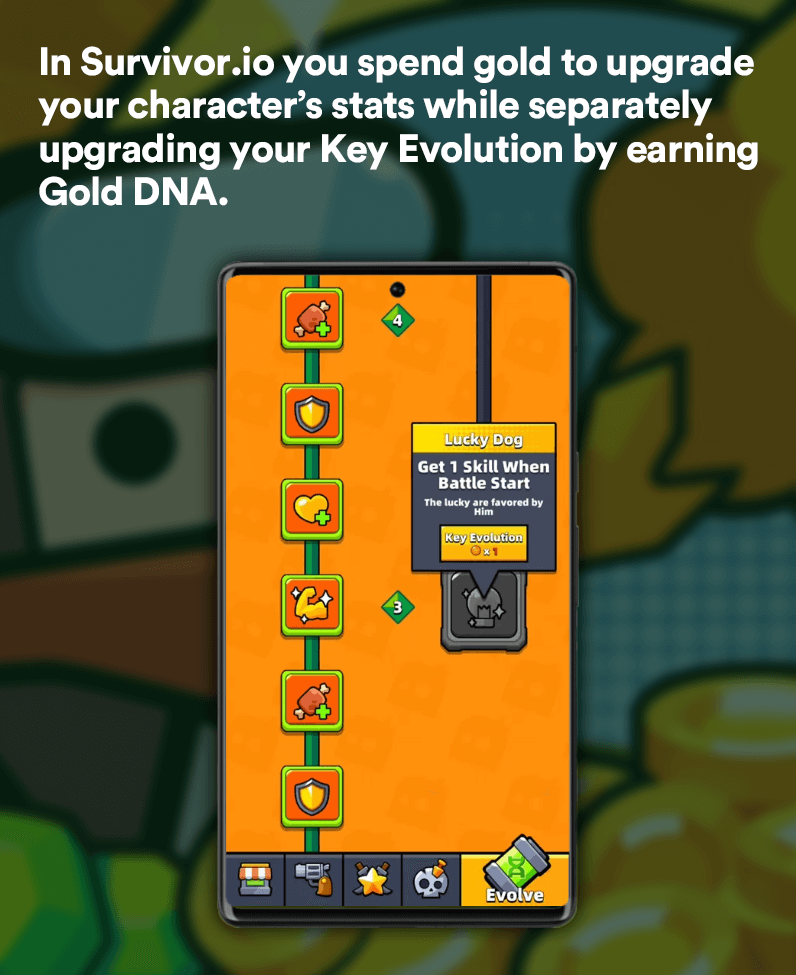
Talent tree
If you’ve ever played an RPG like World of Warcraft, Path of Exile, or Skyrim, you’ll be familiar with the concept of spending hours deciding which skills to unlock and what build you want your character to have. And our new progression system means you can now create talent (or skill) trees that let players spend points on different unlockable skills or to open the next section. So you can create branching and tiered systems that add complexity (and intrigue) – no two players will have the same experience.
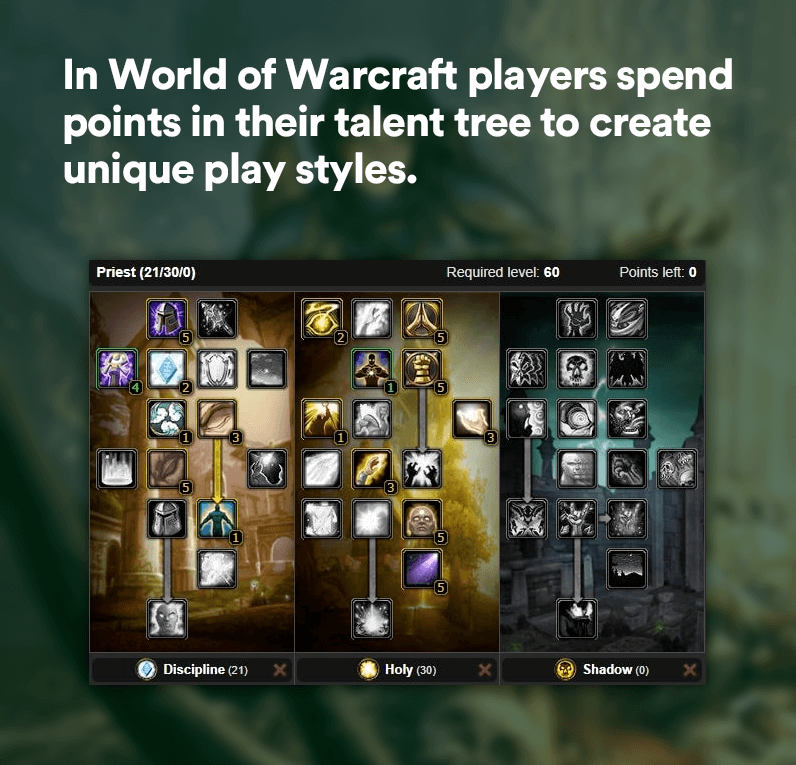
Battle pass
Our new progression system means you can now offer battle passes. Made famous by online video games like Fortnite, and mobile games like Brawl Stars and Marvel’s Snap, battle passes let players buy access to a series of unlocks that they then earn by playing the game. Sometimes known as season passes, the rewards players can unlock are often only available for a season (a few weeks or months) to encourage them to buy. You can even combine them with “free” versions that only have 1/10th of the rewards. These passes have become very popular as players can opt in, and know exactly what they’re getting.

Quests
Used in mobile, PC and console games, you can now add short daily quests (e.g. defeat nine enemies in showdown) all the way up to massive raid alignment quests that require many stages of progression to fully unlock. These are a great way to give your players clear objectives to complete with rewards at the end.
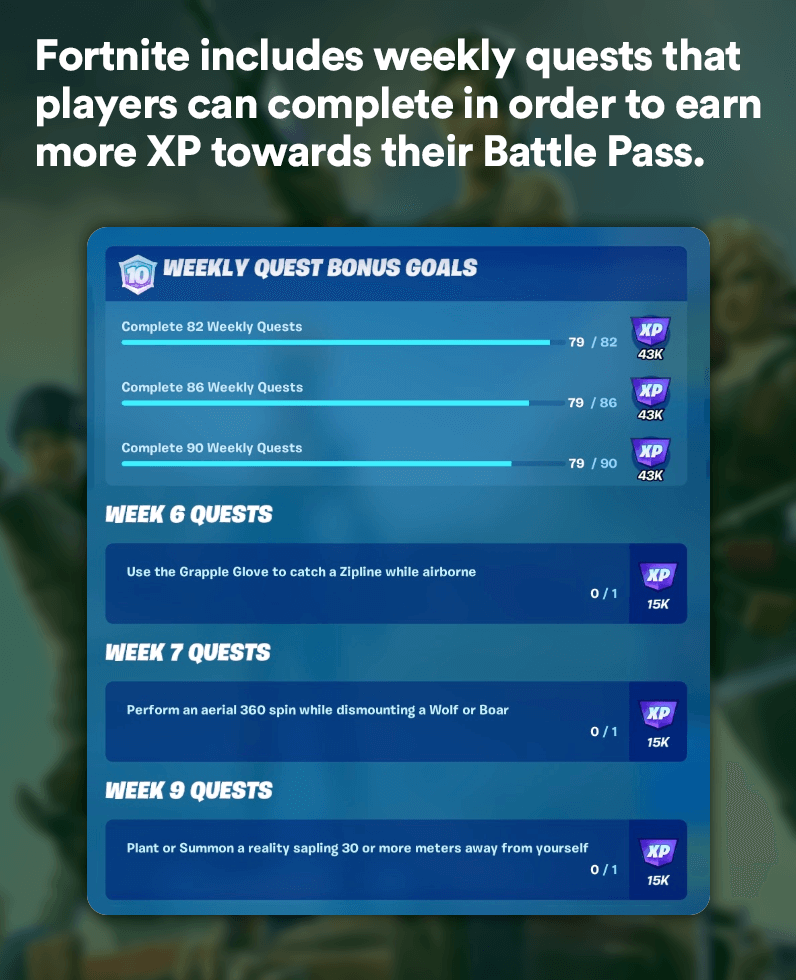
The future of progressions
As you might have already noticed, we have big plans for our progression feature as we see all the different ways it can be used by all sorts of games. We're already looking to expand the different types of rewards to include key/values, cloud code (an upcoming feature), and other LootLocker systems. We also aim to let you connect progressions to other systems, like assets, to create even more flexibility.
Take your game to the next level with progressions
We built our progression system to give you the power to implement any feature you can think of in your game – whatever your team’s size, experience, or funding. And while some of it might sound a bit overwhelming, our intuitive interface means it’s really easy to set up and manage all of this yourself. That’s because we’ve designed LootLocker to give you everything you need to make great games, without the development process being any harder than it needs to be.
So what are you waiting for? Head over to our web console and documentation to start learning more about progressions. And let us know how you’re getting on by joining our Discord community. Questions or feedback? Feel free to email us.
